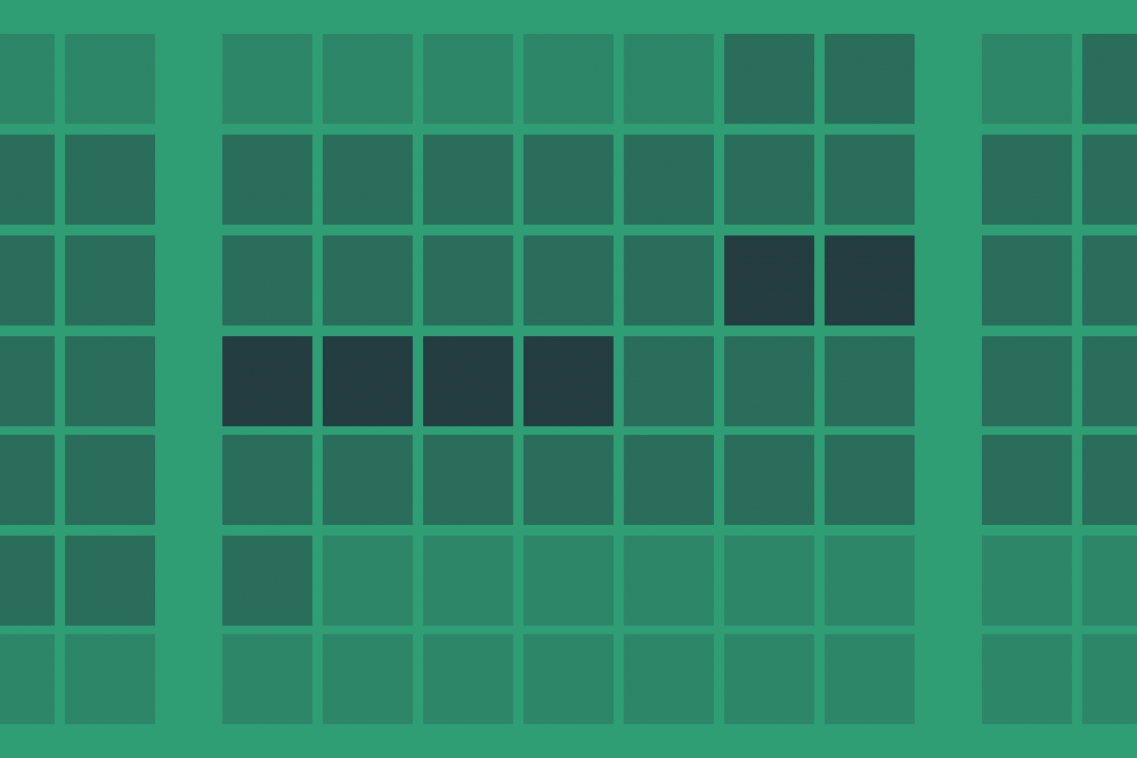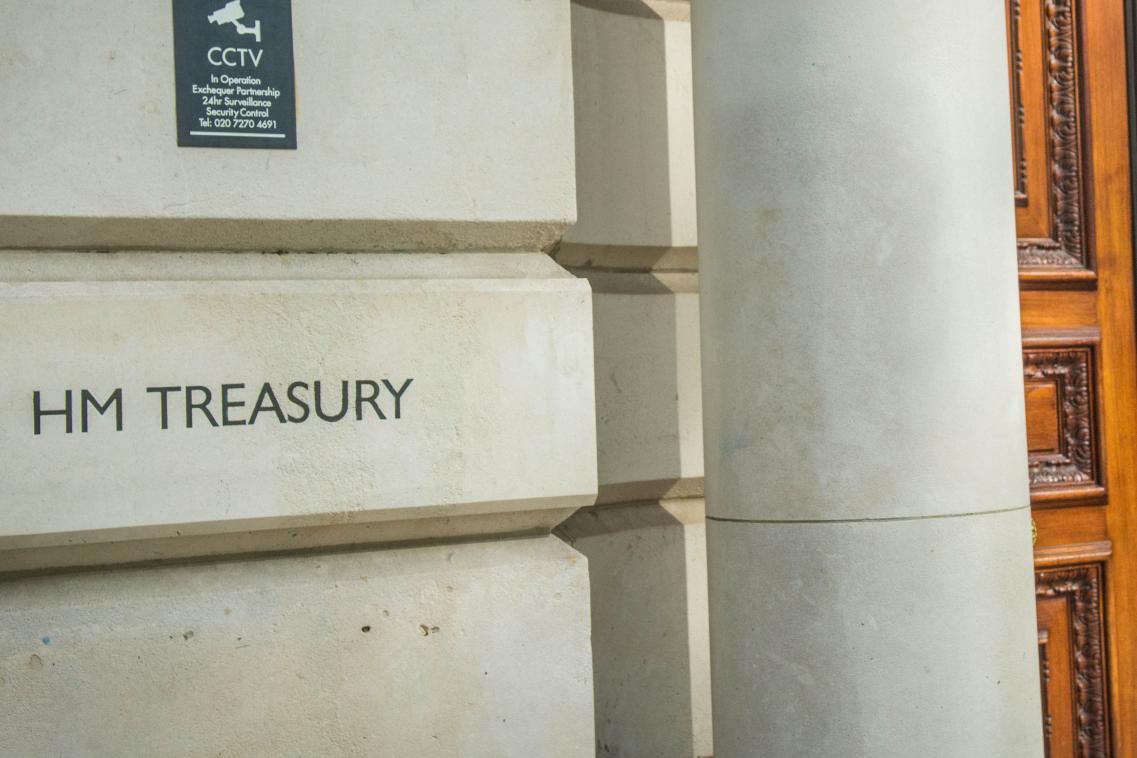Event
19 February 2016 at 09:30
<p>7 Ridgmount Street<br />London<br />WC1E 7AE</p>
This workshop draws together recent innovative research on the measurement of public sector workforce quality and of the effect of pay on quality and of quality on outcomes in different parts of the public sector. The workshop will be of interest not just to economists interested in the labour market and in public finance, but also to practitioners working in the field of pay-setting, pay regulation, and public policy.








































